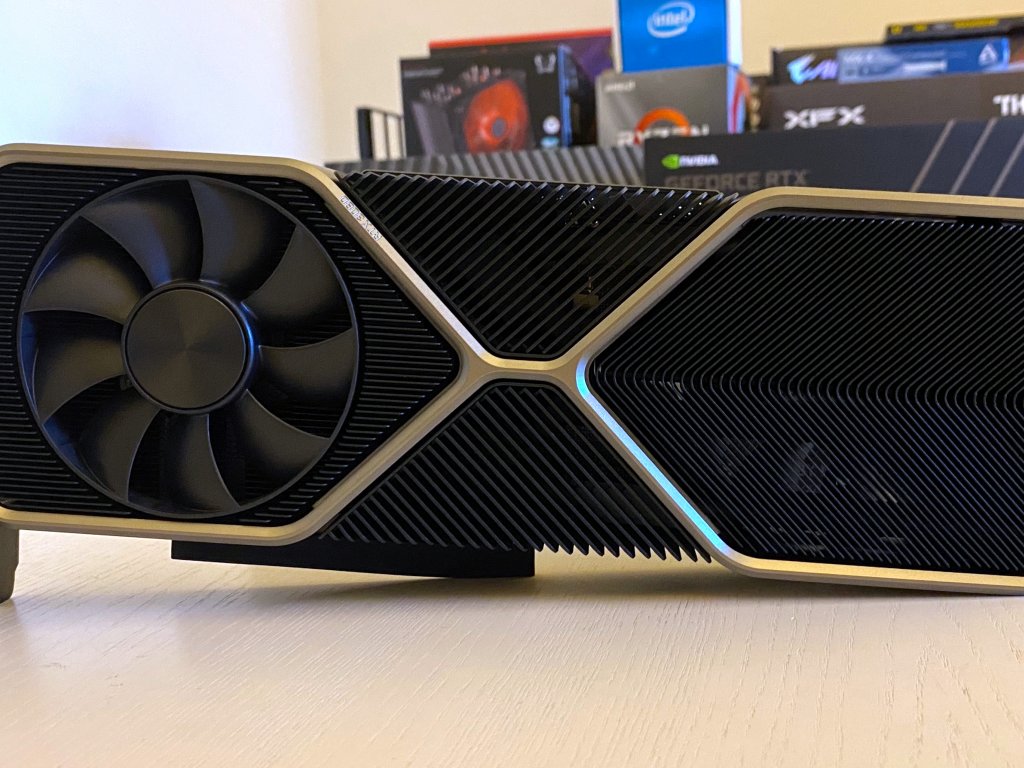Nvidia confirms that the GeForce RTX 3090 is only 10-15% faster than the 3080 in 4K

In the latest post published on its blog, NVIDIA confirmed that the new RTX 3090, also called Big Ferocius GPU, achieve a 10-50% improvement on 4K gaming.
Surprisingly low performance, especially considering the exceptional power these cards are capable of generating, as well as the prohibitive cost with which they will arrive on the market. Nvidia justifies these results with the fact that the RTX 3090s are designed for ultra-high resolutions, such as 8k, as well as for professional use.
The RTX 3090s, in fact, were presented as the heirs of the Titans, that is, those cards designed for users who use the PC for prohibitive tasks such as professional video editing or scientific calculations.
While on 4K gaming the results are between 10 and 15%, in fact, the synthetic benchmarks show a 50% improvement over the Titans in applications such as Luxmark, Blender, V-ray and Red Shift.
What do you think of these results? Did you expect more?